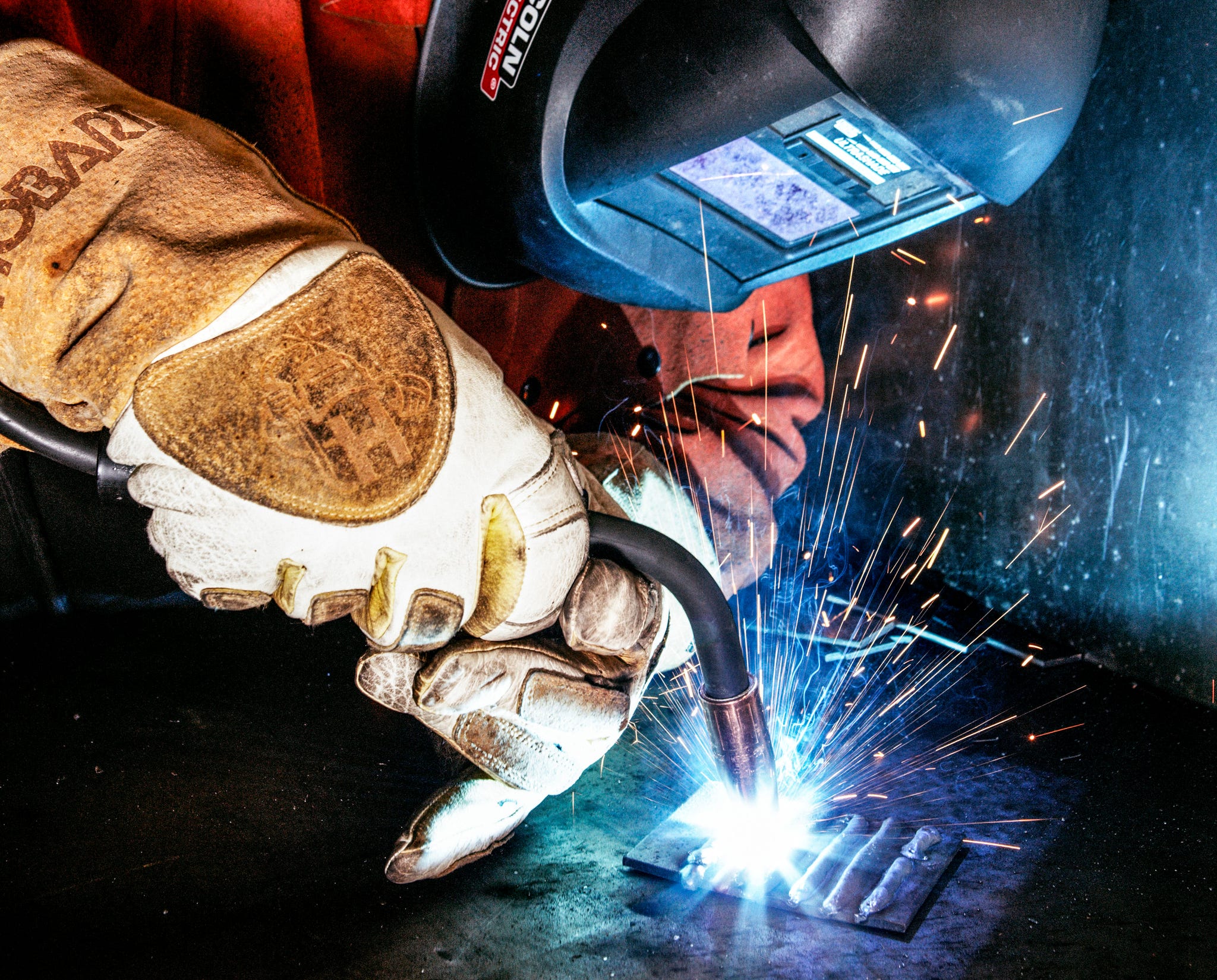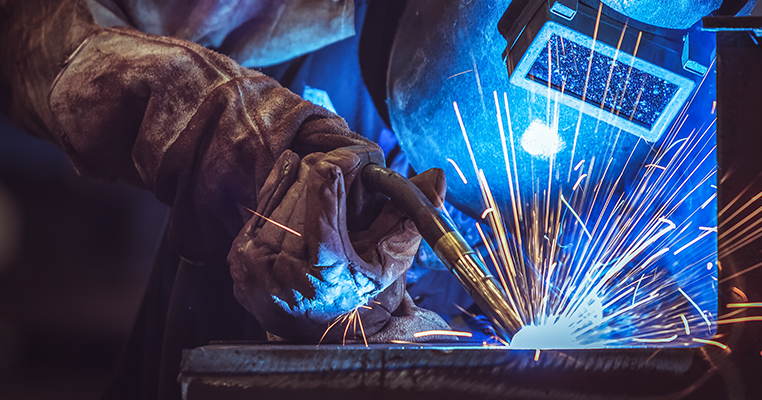Maximizing Your Welding WPS: Strategies for Improved Efficiency and Performance
Maximizing Your Welding WPS: Strategies for Improved Efficiency and Performance
Blog Article
The Ultimate Overview to Welding WPS Procedures: A Comprehensive Overview for Welders
In the intricate globe of welding, Welding Treatment Requirements (WPS) serve as the foundation of making sure high quality, consistency, and security in welding operations (welding WPS). As we dig into the numerous components of a WPS and explore the intricacies of qualification and certification, we will certainly reveal the important role these treatments play in the realm of welding.
Relevance of WPS Procedures
Understanding the significance of Welding Treatment Requirements (WPS) procedures is critical for making certain the top quality and stability of bonded frameworks. WPS procedures work as a roadmap for welders, detailing the essential steps, specifications, and materials required to attain an audio weld. By adhering to WPS standards, welders can make sure consistency in their work, resulting in trusted and structurally sound welds.
One of the primary reasons why WPS treatments are crucial is their duty in preserving weld top quality and stability. Following the specified welding parameters and techniques outlined in the WPS assists stop issues such as porosity, splitting, or insufficient combination, which can endanger the strength and resilience of the weld. Furthermore, WPS procedures are crucial for guaranteeing compliance with market requirements and codes. By adhering to established WPS standards, welders can demonstrate that their job satisfies the necessary needs for security and quality, giving guarantee to customers, assessors, and governing bodies. Fundamentally, the significance of WPS procedures can not be overemphasized, as they are basic to accomplishing constant, high-quality welds that meet market standards and requirements.

Parts of a WPS
A Welding Treatment Specification (WPS) typically consists of vital elements that detail the details demands for carrying out a weld, guaranteeing consistency and high quality in the welding process. The key elements of a WPS include necessary variables such as base metals, filler steels, preheat and interpass temperatures, welding processes, securing gases, welding placements, and post-weld warm treatment requirements.
Base steels refer to the materials being joined, while filler steels are made use of to load the void between the base steels during welding. Preheat and interpass temperatures are essential for regulating the warm input and avoiding problems like cracking or distortion. The welding procedure lays out the particular technique to be made use of, whether it's gas steel arc welding (GMAW), secured metal arc welding (SMAW), or another technique. Protecting gases secure the weld pool from atmospheric contamination. Welding placements define the orientations in which welding can be done. Post-weld warmth treatment might be required to eliminate stress and anxieties and enhance the weld's residential or commercial properties. A thorough understanding of these elements is crucial for creating a efficient and thorough WPS.

Credentials and Qualification
Having actually developed the crucial components of a Welding Procedure Specification (WPS), the focus now changes in the direction of the crucial aspects of certification and qualification in welding methods.

Accreditation, on the various other hand, is the official acknowledgment of check here a welder's qualifications by a pertinent certification body or organization. Welding certifications are normally based on the particular welding processes, materials, and settings a welder is qualified to deal with. Holding a valid welding accreditation demonstrates that a welder fulfills market standards and is qualified to do welding jobs to the called for requirements.
Developing a WPS
To create a Welding Treatment Specification (WPS) that fulfills industry standards, mindful factor to consider of welding processes, products, and operational parameters is important (welding WPS). The initial action in creating a WPS is to identify the welding process to be used, such as gas metal arc welding (GMAW) or shielded metal arc welding (SMAW) When the welding procedure is figured out, the following vital facet is choosing the proper materials, considering factors like base steel kind, thickness, and joint design. Functional criteria such as welding present, voltage, traveling rate, and securing gas structure should likewise be diligently defined in the WPS.

Executing and Keeping An Eye On WPS
Upon completing the thorough Welding Treatment Specification (WPS) that carefully information welding procedures, materials, functional criteria, and quality guarantee actions, the emphasis moves to properly executing and monitoring the well-known procedures. Application entails making certain that all welders entailed in the project are acquainted with the WPS and follow it meticulously during the welding process. This requires providing ample training and supervision to assure adherence to the defined procedures. Monitoring the WPS includes constant oversight to validate that welding tasks straighten with the recorded specs. Inspections, screening, and high quality control actions are vital parts of the tracking process to determine any discrepancies or problems immediately. Regular audits and reviews of the welding treatments assist in maintaining consistency and quality throughout the job. Reliable implementation and monitoring of the WPS are crucial for guaranteeing the stability, strength, and safety and security of the welded joints, inevitably adding to the overall success of the welding see this website project.
Final Thought
Finally, understanding and adhering to Welding Procedure Specs (WPS) is essential for welders to make certain quality, uniformity, and safety and security in their job. By understanding the parts of a WPS, acquiring appropriate credentials and accreditations, developing in-depth procedures, and carrying out and monitoring them effectively, welders can enhance their abilities and proficiency in welding practices. Abiding by WPS treatments is vital for producing high-grade welds and conference industry requirements.
In the intricate globe of welding, Welding Treatment Requirements (WPS) serve as the foundation of making certain quality, consistency, and security in welding procedures. The welding procedure details the particular strategy to be used, whether it's gas steel arc welding (GMAW), secured metal arc welding (SMAW), or another technique.To create a Welding Treatment Spec (WPS) that fulfills industry standards, cautious factor to consider of welding procedures, products, and functional parameters is necessary. The first step in developing a WPS is to identify the welding procedure to be utilized, such as gas metal arc welding (GMAW) or secured metal arc welding (SMAW)Upon completing the extensive Welding Treatment Specification (WPS) that meticulously information welding processes, products, functional criteria, and top quality assurance actions, the emphasis moves to efficiently executing and keeping track of the established procedures.
Report this page